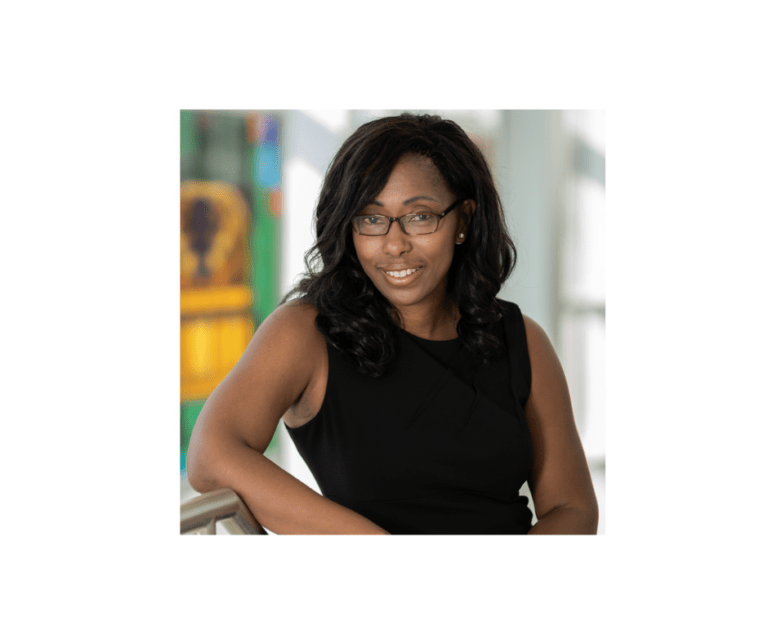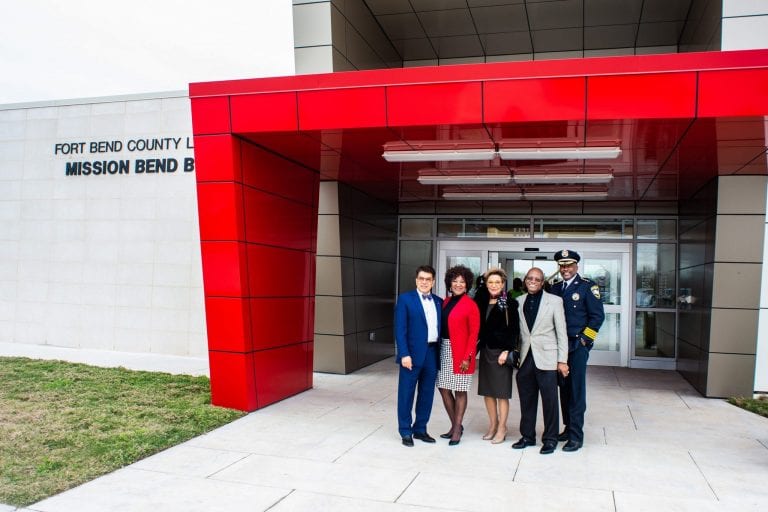At AIA Conference 2018, eight resolutions were passed by the members in attendance. Among them was Resolution 18-3: Diversity Pipeline and National Representation, which emphasized the need to prepare more leaders among ethnically diverse women. It was adopted by an incredibly wide margin, but the question remained: what would such a pipeline look like? In early 2019, a task force of seven members came together to figure that out.
The task force was chaired by Gabrielle Bullock, FAIA, and co-chaired by Luke McCary, AIA. Their goal was simple and complex at the same time: develop recommendations for a leadership program aimed at supporting ethnically diverse women in their pursuit of local, state, or national leadership positions.
“What I wanted from the group was really to provide their own personal and professional insight on what a program for diverse women would look like,” Bullock said.
Currently, black and African American women make up 0.4% of the architects in the United States. Women in total only make up one-third of the profession. Bullock and her task force focused on data points like these to remind themselves that helping ethnically diverse women reach leadership roles could inspire students and emerging professionals to press forward, become architects themselves and strive for the same heights.
While developing their recommendations, all seven task force members adopted personas that mirrored women who might apply for this program in order to ensure that it is equitable for all. Those personas included a midlevel Latina architect from Chicago who might not have the money to attend, along with the owner of a recently opened small firm who is looking to branch out into a more prominent leadership role. Unsurprisingly, all seven threw themselves into the exercise with vigor.
“Even though I knew we had chosen the right people,” Bullock said, “I was thoroughly amazed and pleased with how engaged they all were. Everyone did the heavy lifting.”
That heavy lifting led to a series of recommendations submitted to AIA leadership. They unanimously endorsed a one-year leadership preparation program for ethnically diverse women with at least five years of experience. Each cohort would be selected by a diverse jury panel, and participants would attend targeted national conferences, undergo assessments to identify their leadership strengths, and be asked to commit to a leadership residency of some sort – local, state, regional, or national – upon completion of the program.
Shannon Gathings, Assoc. AIA, was another member of the task force. As a member of AIA’s Strategic Council, she provided valuable insight into how an African American woman could pursue opportunities for leadership.
“I was asked,” she said. “My principal at Duvall Decker [Anne Marie Duvall Decker, FAIA] was pursuing leadership at AIA Mississippi. They had an opening for an associate director, and she asked if I would be interested.”
Gathings said yes, and eventually became president of AIA Mississippi herself. She credits Decker for making her feel safe and valued while also recognizing that many women won’t have a female firm leader who makes that sort of path so clear.
“There can be a lot of risk,” she said. “Will this take me away from my job? Will this add additional stress? Anne Marie encouraged me to communicate about what I needed to fit this into my work life, and we tried to embed that into this program.”
The task force was realistic across the board, recognizing not only the challenges that many women face but the need for a smart, efficient program that would stand up to scrutiny by Institute leadership and membership.
“We paid careful attention to the budget,” Gathings said. “We didn’t want anything that could die on the vine. We want this to be something that is sustainable and has visual, lasting impact.”
Gathings added that, once the program is implemented and proven to be successful, she’d love to see it replicated for another group that is not widely represented in firm and AIA leadership circles: ethnically diverse males.
“The lack of opportunity is a very complicated problem, because it’s at the intersection of race and gender, but it’s not the only problem,” she said.
Next up, AIA leadership and staff will begin the implementation process. Bullock is very confident that, once the recommendations are enacted, it will forever change the idea of “leadership” within AIA and beyond.
“I think, once this gets started, it’ll be a train that will be hard to stop,” she said. “This program will be unique, and hopefully one to be mirrored by other organizations and firms. I think it will provide a new look at what leadership is and who our leaders can be.”
The AIA is committed to celebrating the many cultures and heritages that represent the architecture profession. Embracing Our Differences, Changing the World is a series aimed to celebrate members that break the mold, shatter glass ceilings, and overcome preconceived implicit biases.
Source: AIA







